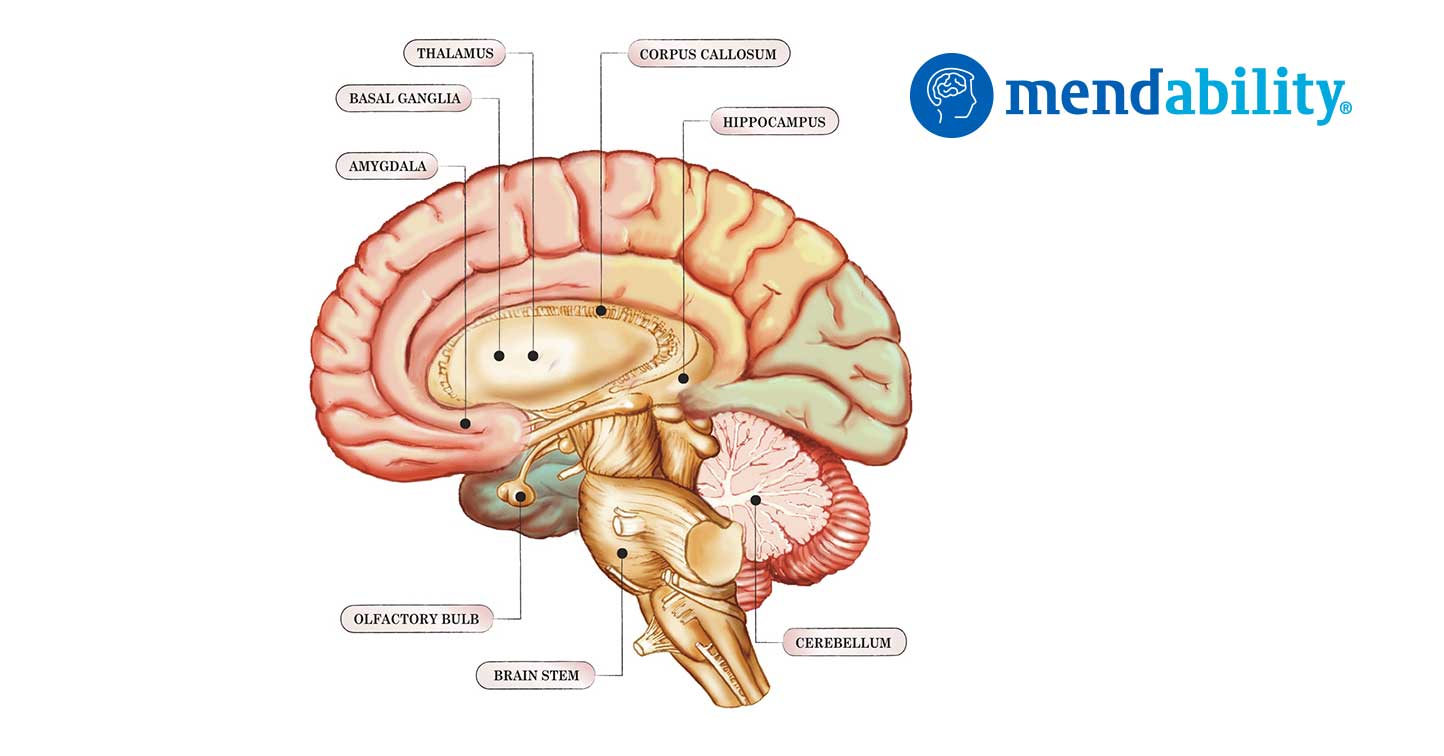Decades of research indicate that the cerebellum, which is the brain structure known for coordinating and refining motor movement, is also involved in the modulation of cognition and emotion.
National Public Radio (NPR) recently released a two-part story on the life of a man without a cerebellum. In addition to moving in an awkward manner, Jonathan Keleher has had to work to compensate for difficulties in executive function, understanding emotional and social cues, and abstract thinking.
Researcher Jeremy Schmahmann, who works with Keleher, explains that the cerebellum regulates the speed, capacity, consistency, and appropriateness of cognitive or emotional processes in the same way it regulates intensity, rhythm, and precision of motor movements.
In his studies of cerebellar abnormalities, Schmahmann noticed a wide range behaviors, including distractibility, hyperactivity, impulsiveness, anxiety, ritualistic and stereotypic behaviors, illogical thought and lack of empathy, obsessive behaviors, tactile defensiveness and sensory overload, difficulty with social boundaries, and more. These behavioral symptoms are evident as diagnosable disorders, including autism spectrum disorder, attention deficit hyperactivity disorder, obsessive-compulsive disorder, depression, and more.
Although new research regarding cross-modal rehabilitation through cerebellar mechanisms continues to emerge, many Mendability clients experience great success by doing our Sensory Enrichment exercises that target the intricate neural circuits that incorporate the cerebellum to address social, emotional, cognitive, and motor deficits.
As researchers are learning from people like Keleher, we also know that with enough time and effort, other areas of the brain can take over some of the cerebellum’s functions. Sensory Enrichment Therapy may be key in helping the brain to compensate, as we have seen in clients without a corpus callosum, or stroke victims, for example, whose symptoms have greatly improved.
Listen to the NPR story by Jon Hamilton: Part One and Part Two.
References
- J. Hamilton (2015, March 16). A man’s incomplete brain reveals cerebellum’s role in thought and emotion. [Web log comment]. Retrieved from http://www.npr.org/blogs/health/2015/03/16/392789753/a-man-s-incomplete-brain-reveals-cerebellum-s-role-in-thought-and-emotion
- J. Hamilton (2015, March 16). Clues to autism, schizophrenia emerge from cerebellum research. [Web log comment]. Retrieved from http://www.npr.org/blogs/health/2015/03/16/393351760/clues-to-autism-schizophrenia-emerge-from-cerebellum-research
- Schmahmann, J. D. (2010). The role of the cerebellum in cognition and emotion: Personal reflections since 1982 on the dysmetria of thought hypothesis, and its historical evolution from theory to therapy. Neuropsychology Review, 20, 236-260. doi:10.1007/s11065-010-9142-x
- Schmahmann, J. D., Weilburg, J. B., & Sherman, J. C. (2007). The neuropsychiatry of the cerebellum – insights from the clinic. The Cerebellum, 6, 254-267. doi:10.1080/14734220701490995
Does your loved one struggle with symptoms of Autism?
Sensory Enrichment Therapy™ helps improve symptoms by boosting brain development in these areas.
Join 3,000 families in over 60 countries who have used Sensory Enrichment Therapy™ to help boost brain development in their own homes.

